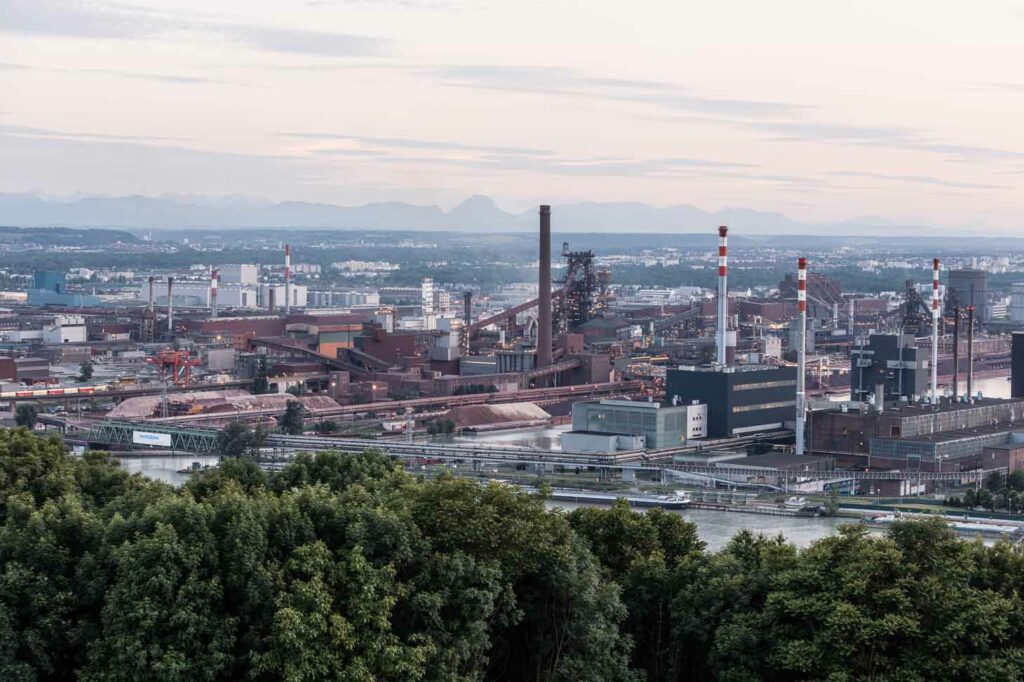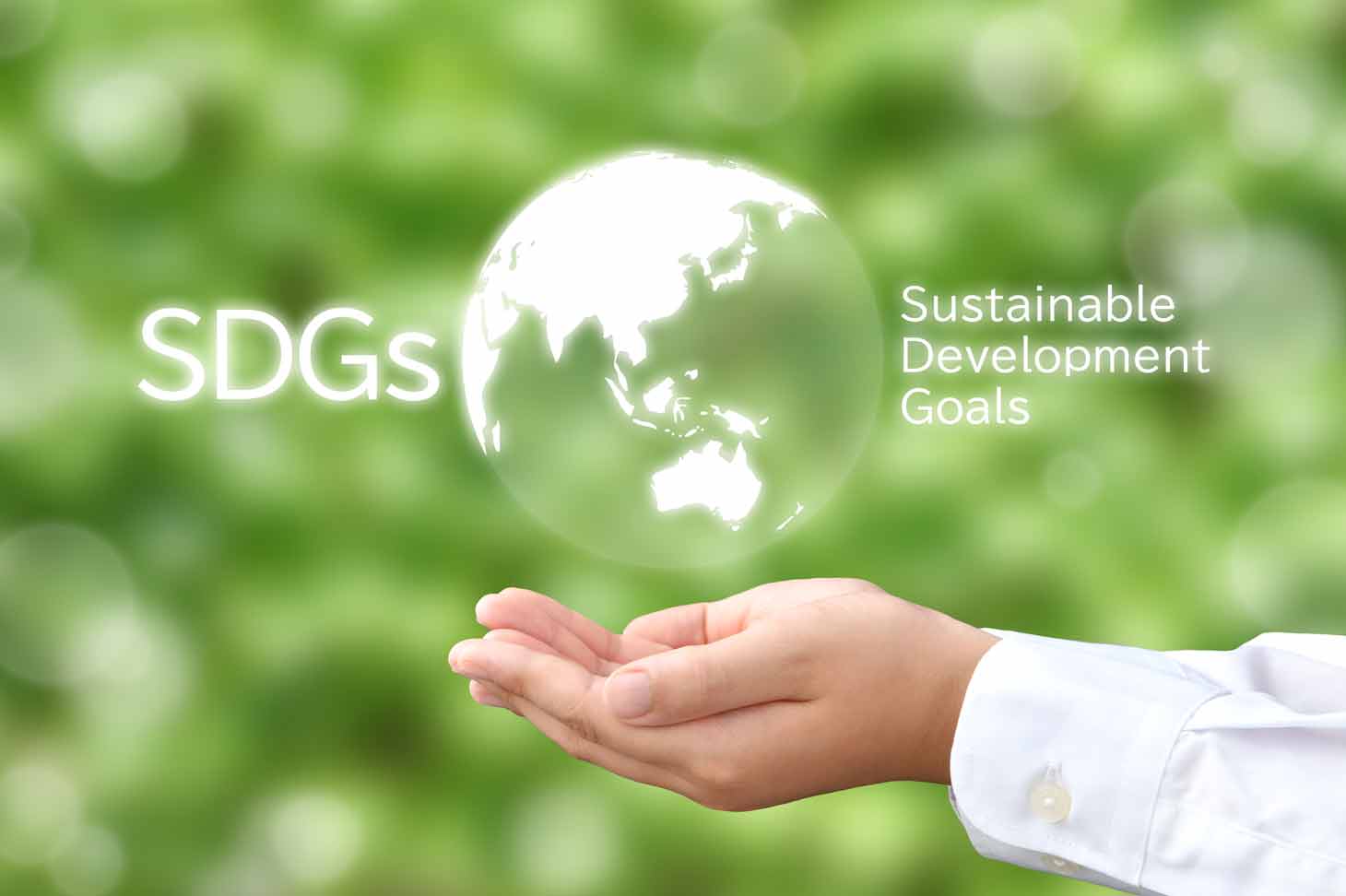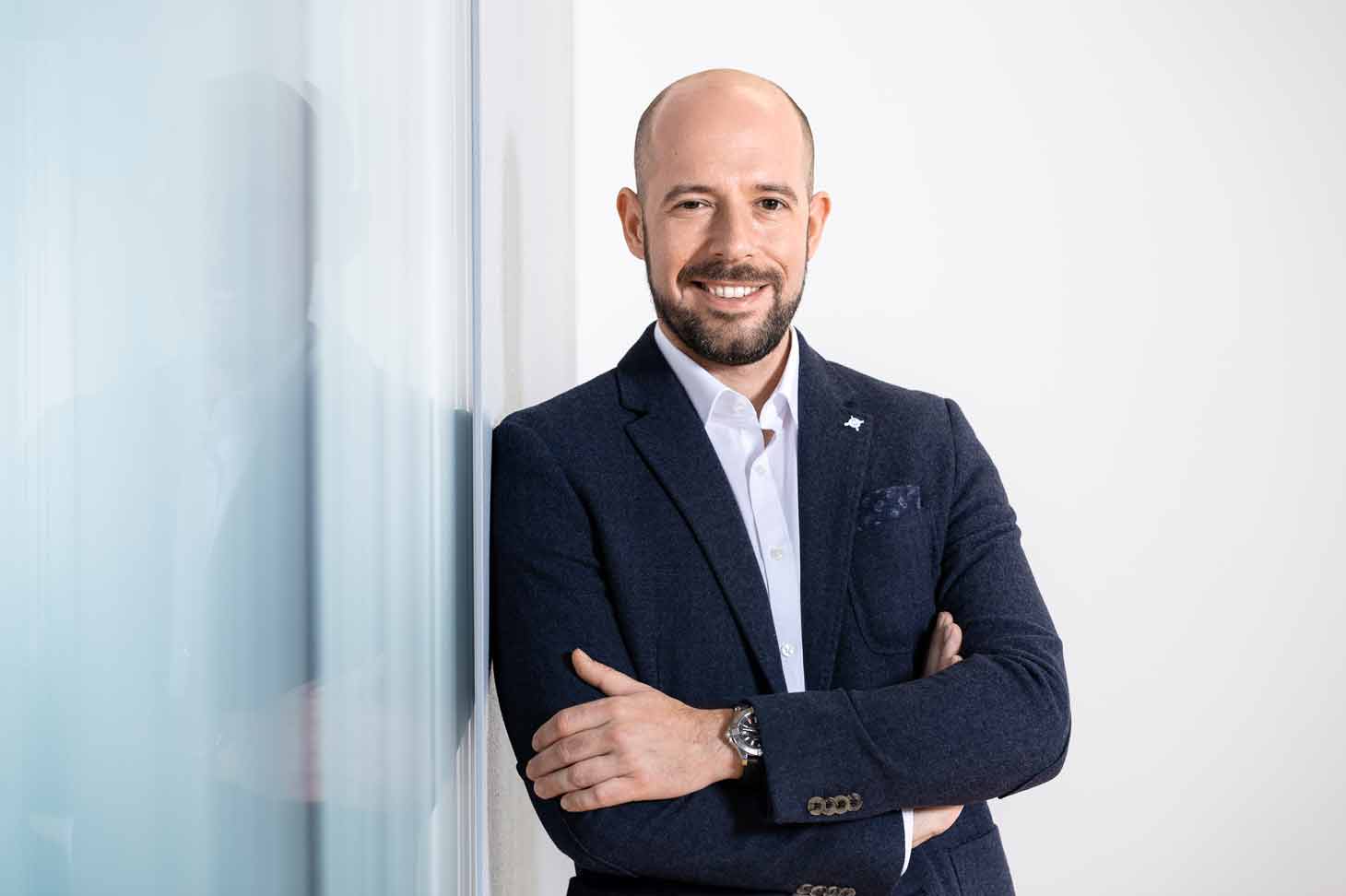Sustainability in raw material procurement
Sustainable steel production begins with the procurement of raw materials. That’s why we thoroughly vet our suppliers.
- 4
Sustainable steel production begins with the procurement of raw materials. That’s why we thoroughly vet our suppliers.

If we want to produce steel in an economically and ecologically sustainable manner under fair social conditions, we have to look beyond just our sites. That’s why we monitor the entire process, starting with the procurement of raw materials. With around 200 raw material suppliers worldwide, this is no easy task. But we have developed a system to ensure compliance with sustainability criteria throughout the entire supply chain. We are guided by the following internationally recognized standards:
Our certification pursuant to the ResponsibleSteel Standard at the Linz site means we have additionally committed ourselves to twelve economic, ecological, and social principles.

In 2016, we began to take a close look at the sustainable procurement of raw materials as part of the Sustainable Supply Chain Management project. We analyzed materials, countries of origin, and suppliers according to economic, ecological, and social criteria, as well as compliance with human rights:
We created a heat map from the analyses showing the risks in our supply chain. We were able to eliminate particularly dangerous risks, especially forced labor and child labor, and work together with our suppliers to minimize other risks.
We update our heat map every five years—a timeframe that has proven to be effective since country and mining risks generally do not change rapidly. Closely monitoring our suppliers is more relevant.
Our suppliers must regularly answer detailed questions on sustainability aspects such as human rights, environmental impact, compliance, and occupational safety. We also require them to show us their sustainability certificates and provide proof of membership in relevant associations.
Back in 2016, the topic of sustainability in raw material procurement was completely new territory for most of our suppliers, but this has changed significantly. Many suppliers now have sustainability departments and have established their own standards.

We even go a step beyond this voluntary disclosure and make our own on-site assessments. Once a year, we visit the production site of one supplier per raw material group to ensure that our economic, ecological, and social requirements are actually being met and that human rights are respected.
Notwithstanding all these checks and balances, we remain vigilant and alert to any abuses in countries or mining operations, which are usually reported by the media or non-governmental organizations. It is important to react quickly, to check the alleged violations, and take appropriate steps.
Special rules apply to the raw materials tin, tantalum, tungsten, and gold that originate from conflict regions. There is a risk that trading in these materials could finance armed conflicts. When we purchase such materials, we require the smelting plants and refineries to submit a Conflict Minerals Reporting Template, a standardized reporting template containing information on the procurement and processing of the raw materials.
One of the biggest challenges in sustainable raw material procurement is the lack of transparency in the Asian region. Unfortunately, we have not yet been able to fully resolve this issue since some raw materials are only available in Asia. Another challenge is the high cost of environmentally and socially sustainable raw materials. Plus there is a reluctance to pay more for sustainable steel.
Thanks to our voluntary commitment at an early stage, we are now one of the pioneers when it comes to sustainable raw material procurement. We have also created the ideal conditions for meeting future legal requirements in this area.
Die voestalpine ist ein weltweit führender Stahl- und Technologiekonzern mit kombinierter Werkstoff- und Verarbeitungskompetenz. Die global tätige Unternehmensgruppe verfügt über rund 500 Konzerngesellschaften und -standorte in mehr als 50 Ländern auf allen fünf Kontinenten. Sie notiert seit 1995 an der Wiener Börse. Mit ihren Premium-Produkt- und Systemlösungen zählt sie zu den führenden Partnern der Automobil- und Hausgeräteindustrie sowie der Luftfahrt- und Öl- & Gasindustrie und ist darüber hinaus Weltmarktführer bei Bahninfrastruktursystemen, bei Werkzeugstahl und Spezialprofilen. Die voestalpine bekennt sich zu den globalen Klimazielen und verfolgt mit greentec steel einen klaren Plan zur Dekarbonisierung der Stahlproduktion.